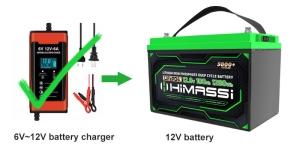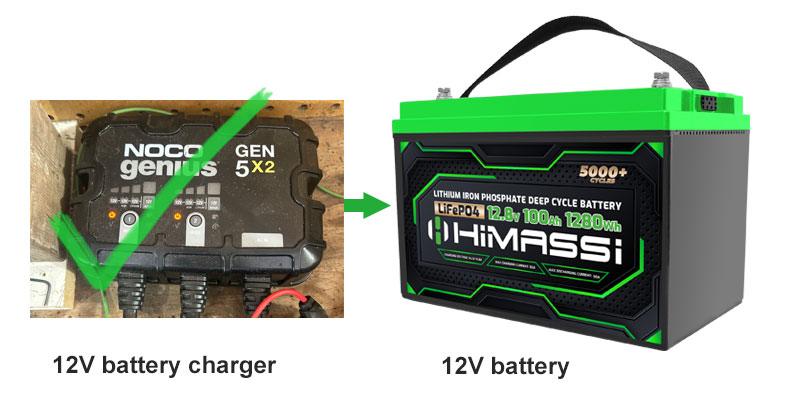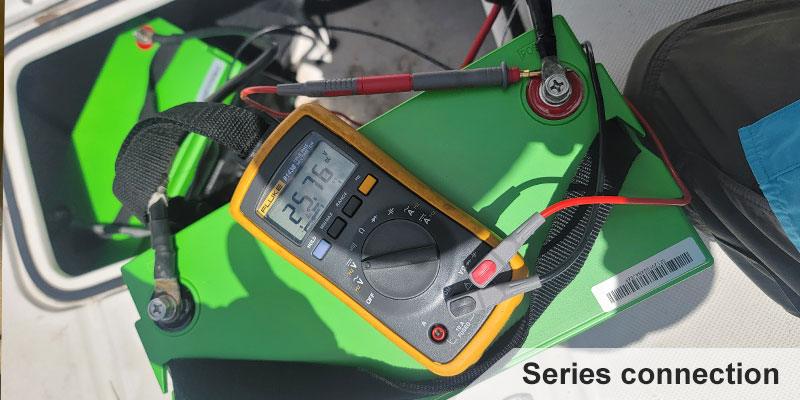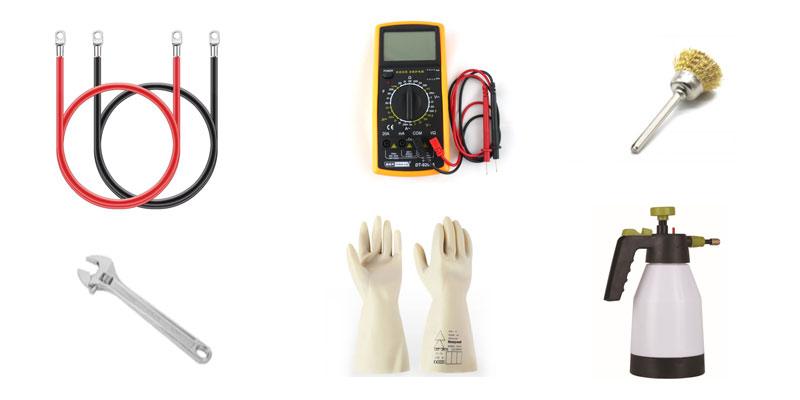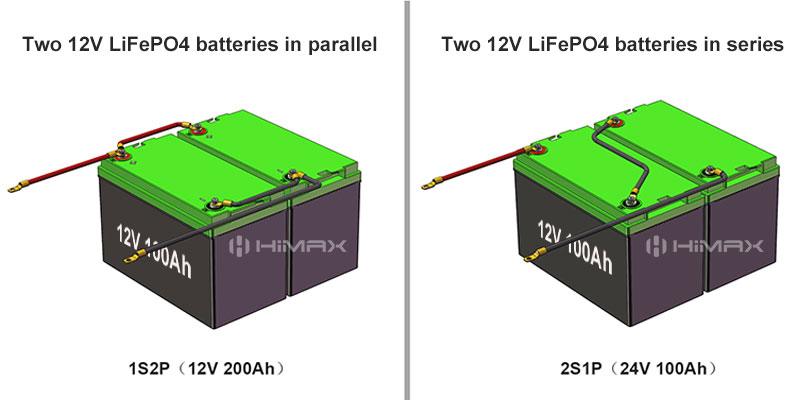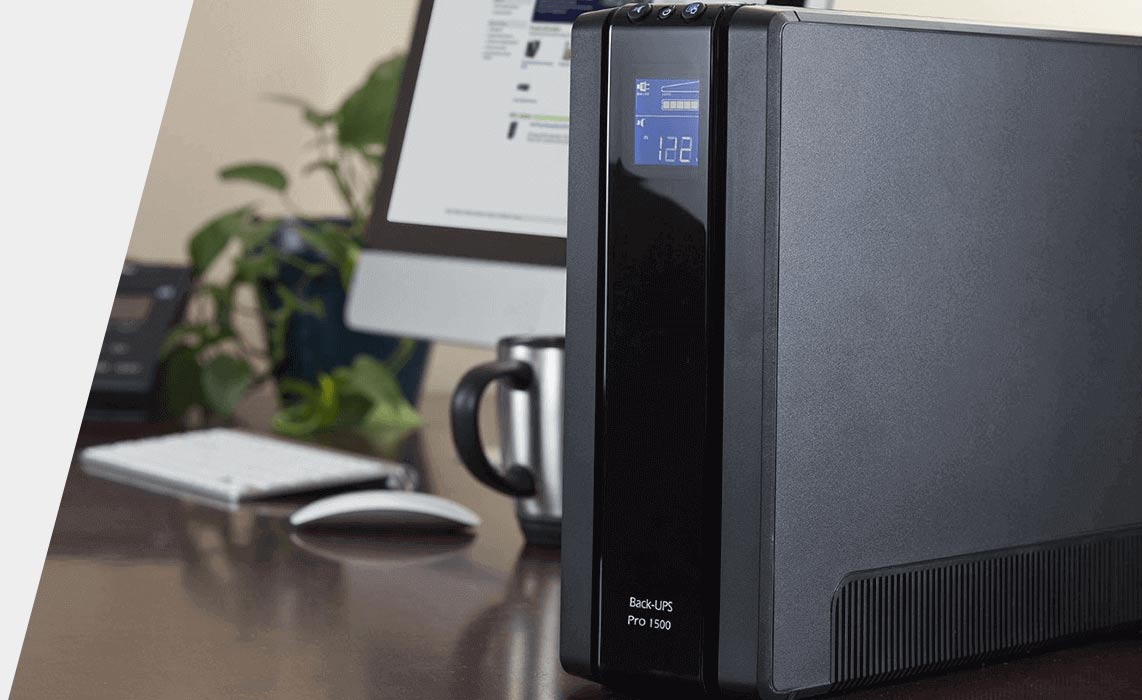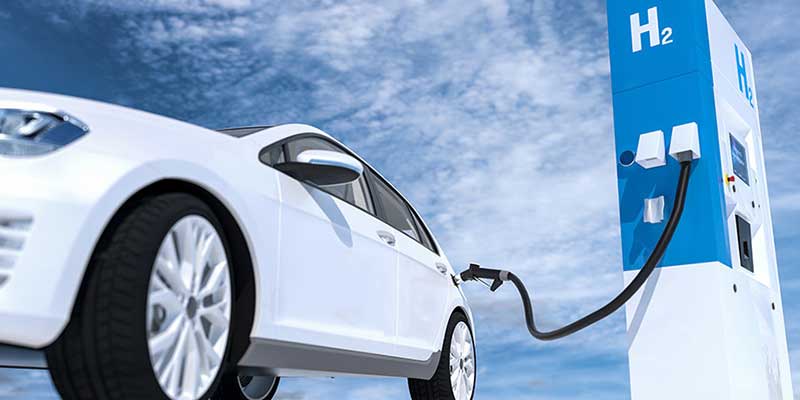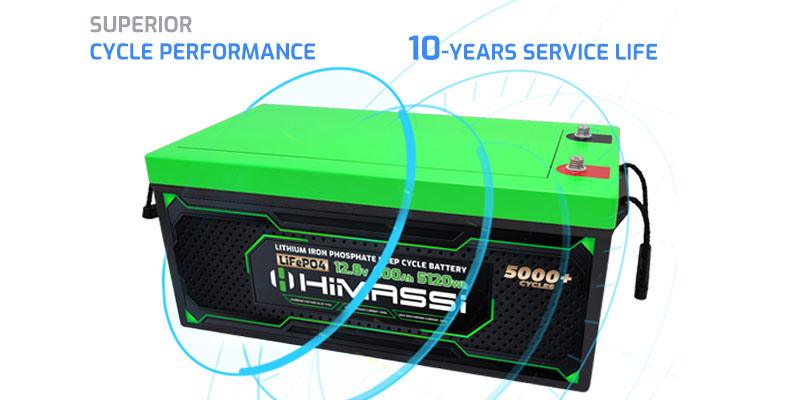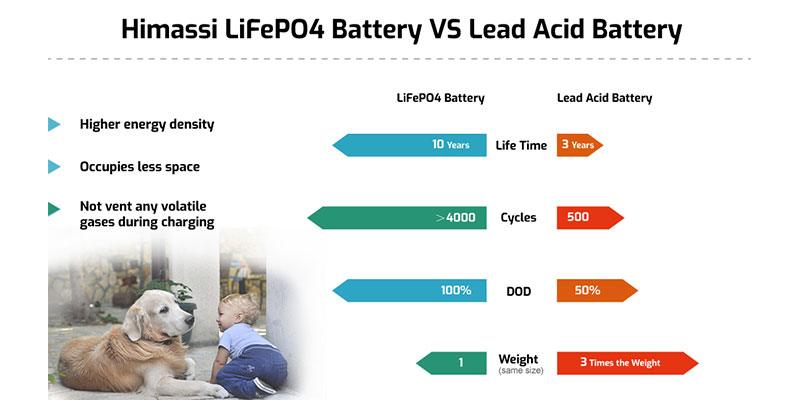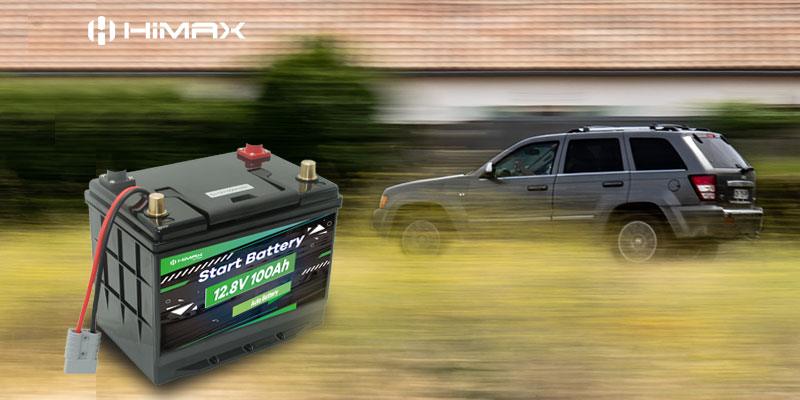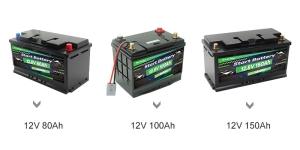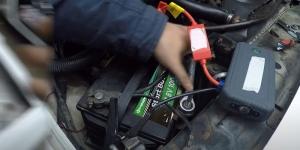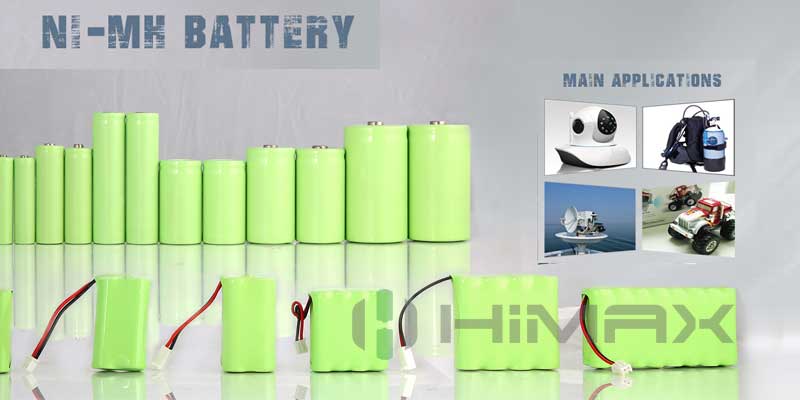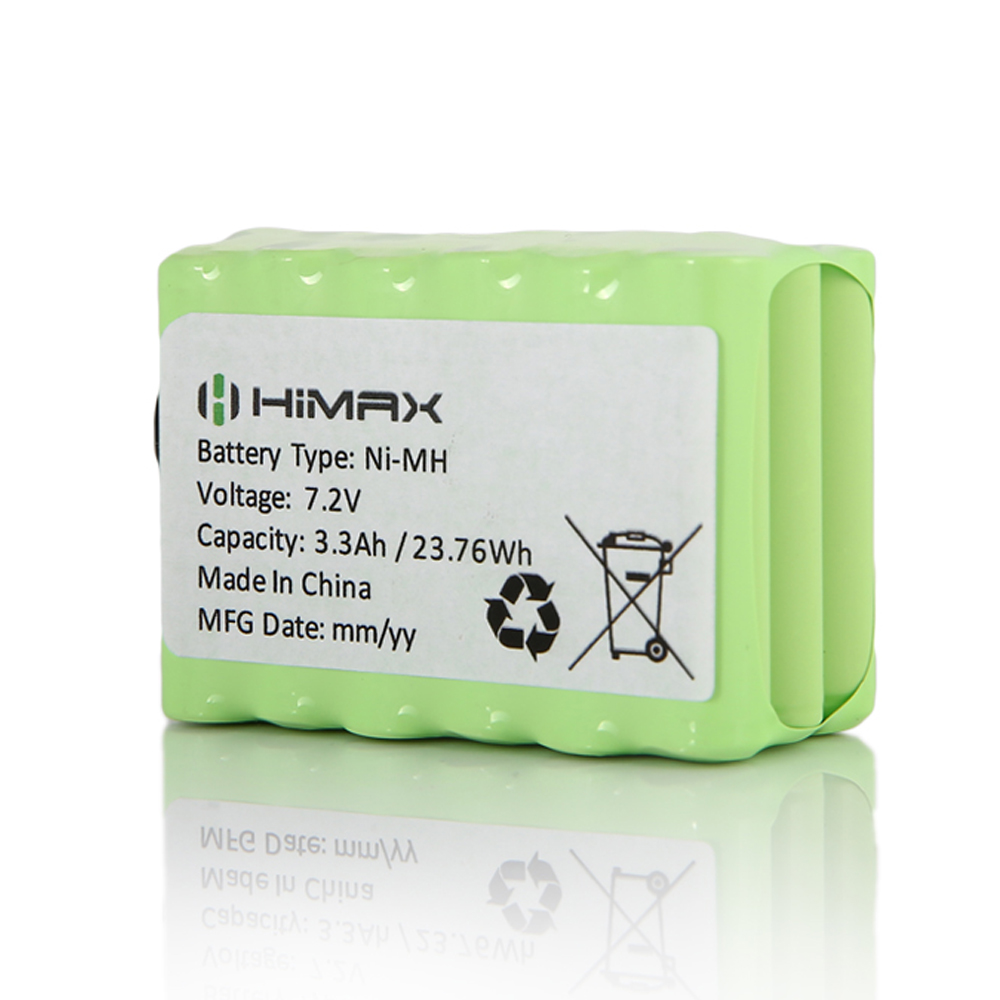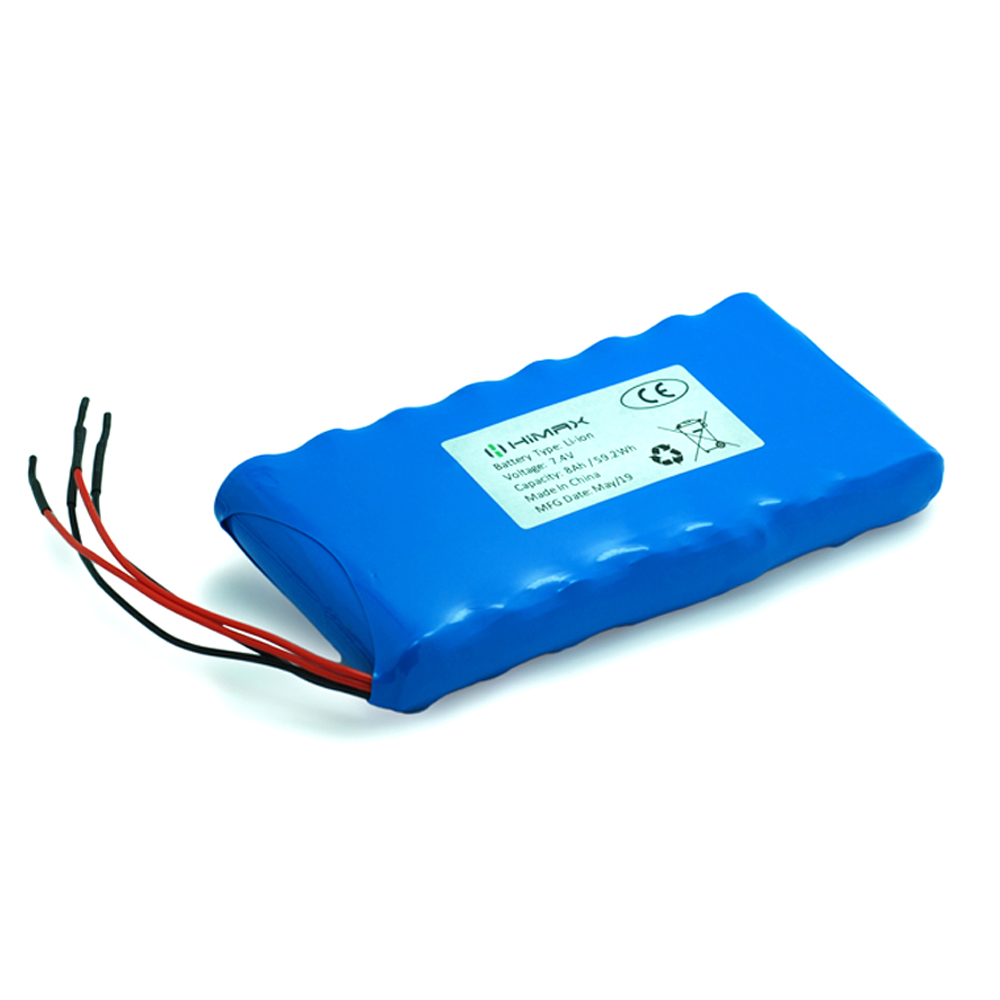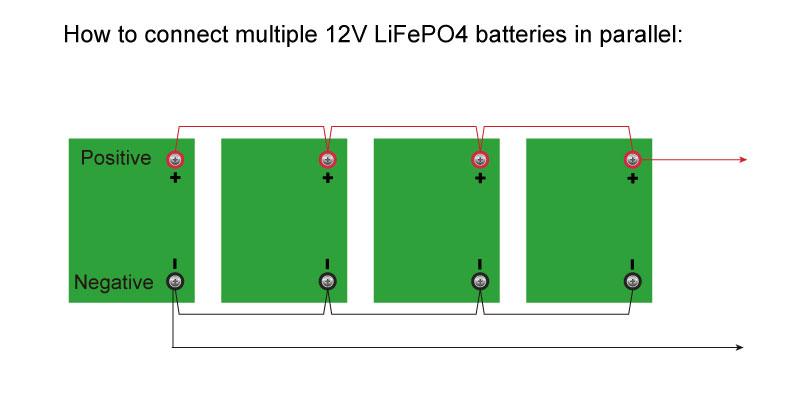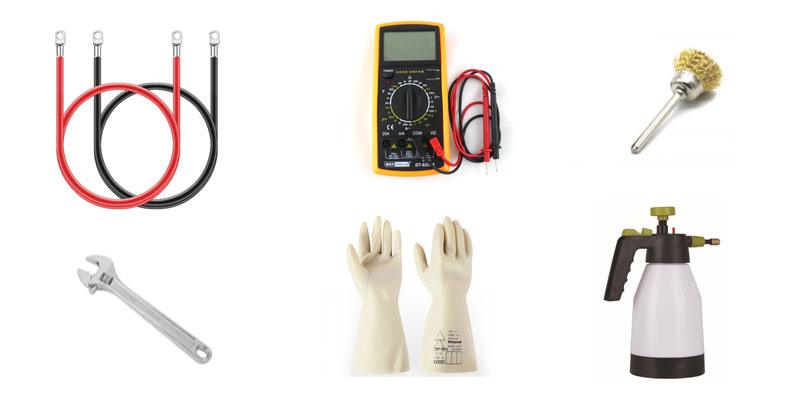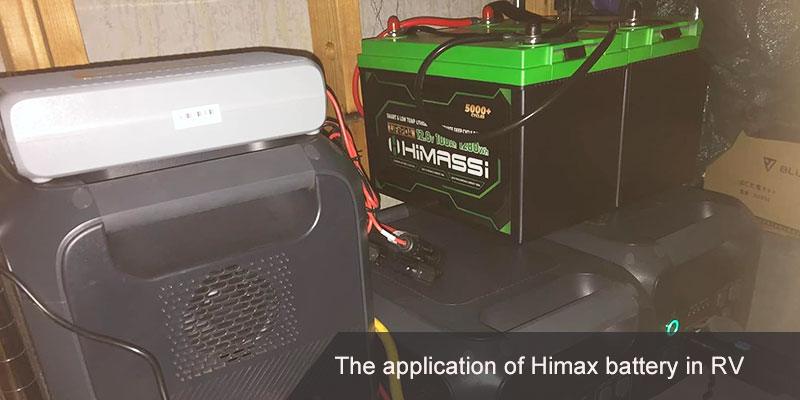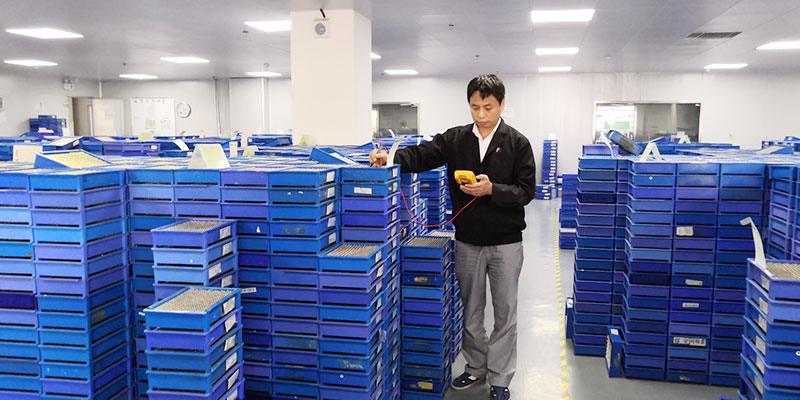Understanding Battery Charging Compatibility: 6V vs. 12V Systems
Correct battery charging is paramount for battery health, longevity, and safety. A frequent question for many battery users is: “Can a 6-volt battery be charged with a 12-volt charger?” This guide offers a comprehensive analysis, explaining the technical differences, potential dangers, and safe charging alternatives while highlighting the benefits of Himax Electronics’ battery solutions.
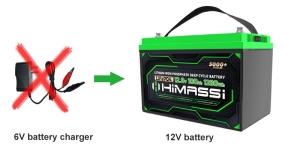
Key Principle: Charger Voltage Must Match Battery Voltage
- The fundamental rule for efficient battery charging is that the charger’s output voltage must precisely match the battery’s rated voltage. This compatibility is critical for both safe and effective charging.
- Voltage Matching Importance: The charger voltage should ideally align with the battery voltage to prevent detrimental overcharging or undercharging. Both scenarios can severely compromise battery lifespan and overall performance.
- Risks of Using a 12-Volt Charger on a 6-Volt Battery
- Charging a 6V battery with a 12V charger is highly ill-advised and poses significant risks:
- Severe Overcharging: A 12-volt battery charger will deliver a higher voltage than a 6-volt battery is designed to accept. This voltage mismatch inevitably leads to overcharging, accelerating battery cell degradation.
- Heat Generation & Irreversible Damage: Overcharging a battery not only shortens its service life but also generates excessive heat. This extreme heat can cause internal battery damage, manifesting as swelling, acid leakage, or, in severe cases, battery explosions.
- Reduced Efficiency & Performance Issues: Even if immediate damage isn’t visible, an overcharged battery will experience a significant decrease in its charging efficiency and energy capacity over time, leading to poor operational performance.
Safe Practices for Charging a 6-Volt Battery
- To ensure safe 6-volt battery charging, adhere to these guidelines:
- Use a Compatible 6V Charger: Always select a battery charger specifically rated for 6-volt batteries. This guarantees the charging process adheres to the battery’s precise specifications.
- Monitor Charging Process: Consistently monitor the battery during charging for any signs of distress, such as unusual heat, hissing sounds, or physical swelling. Should any of these occur, immediately disconnect the power source.
- Follow Manufacturer Instructions: Always consult the battery user manual for specific charging instructions and adhere to them meticulously.
Alternatives When a Dedicated 6-Volt Charger Isn’t Available
- If you don’t have access to a specific 6-volt charger, consider these safer alternatives:
- Universal or Adjustable Battery Chargers: Some versatile chargers feature adjustable settings that can be configured to match your battery’s voltage. Ensure these settings are correctly applied before initiating the charge.
- Professional Battery Charging Services: If you are unsure, it’s safer to seek professional battery charging services where the correct equipment and expertise are readily available.
Why Choose Himax Electronics for Your Charging Needs?
- Selecting Himax Electronics offers numerous advantages for an optimized charging experience:
- Uncompromised Quality & Reliability: Himax Electronics provides high-quality chargers that meet rigorous safety and performance standards, ensuring your batteries are charged both safely and efficiently.
- Advanced Charging Technology: We integrate the latest technology into our products, delivering superior charging performance and unwavering reliability.
- Expert Customer Support: Our dedicated team offers expert advice and support, assisting you in selecting the correct charger for your battery and guiding you on safe usage.
